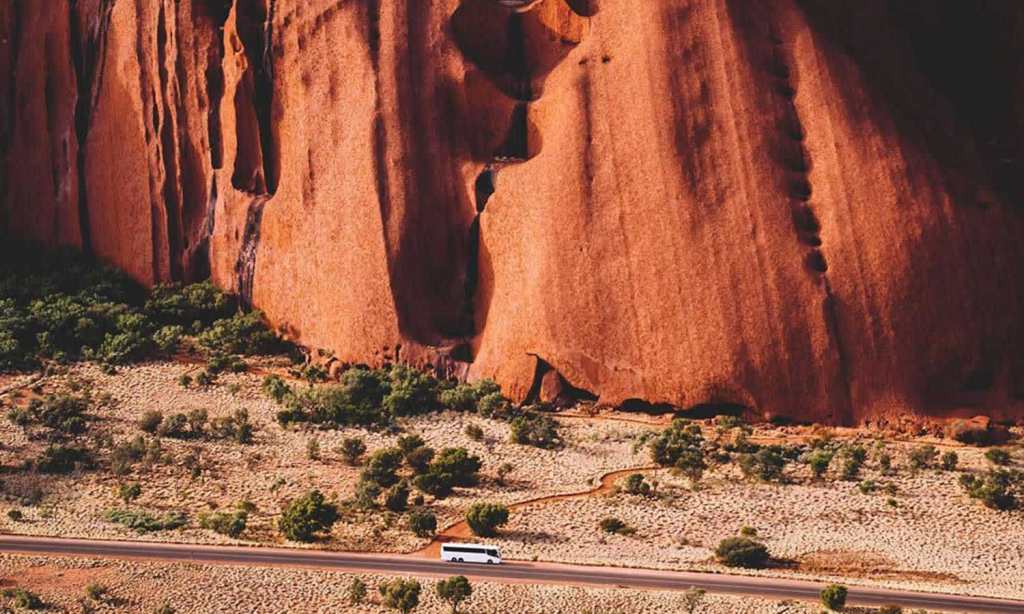Australia is rich in varying, rugged terrain and native wildlife. It’s one thing that makes our beautiful nation special, but with such vast bushland, rainforests, deserts, beaches and everything in between (not to mention the animals that inhabit these landscapes), our travels are not without unique dangers.
Every year, over 2,000 people are rescued by local emergency services, and perhaps surprisingly, most rescues take place in frequented holiday destinations — places you’ve likely been before.
From encountering treacherous terrain and wildlife to combatting the outback’s spotty phone reception, holidaying in Australia is not without its challenges, though the view is almost always worth it.
With around two in three Aussies planning to book interstate holidays this year, GME (makers of emergency position indicating radio beacons and handheld radios) has pulled together a list of some of the surprisingly dangerous holiday destinations Aussies flock to. It’s worth keeping these destinations in mind when planning your holiday, not as a deterrent, but as a reminder to bring proper safety equipment to avoid landing up shit’s creek without a paddle (read: always bring a first aid kit!).
The WA coastline
WA’s beaches are some of Australia’s most beautiful, but they’re known equally for their dangers.
While the rest of the nation saw drowning rates fall by 8% in 2020, drownings in WA rose by 14% in the same time period. According to the stats, people are 3.8 times more likely to drown in regional WA. So while the beaches off Fremantle and Perth put city beaches around the country to shame, they are riskier than anywhere else in Australia.
The Blue Mountains
Thousands of tourists pour into the Blue Mountains’ six parks each year, and around 130 bushwalkers get lost while exploring annually. Thankfully, most walkers are located by emergency services in under 24 hours, but it pays to always have the right equipment when planning a long walk, especially an overnight one.
At the Katoomba Police Station, hikers can pick up a personal locator beacon (PLB). If a hiker becomes lost or finds themselves in danger, they need only activate it to trigger a search mission.
The Top End
The Northern Territory’s Red Centre is unlike anywhere else in Australia, and it’s absolutely worth exploring. Its position on the globe means temperatures can rise well above 40 degrees, and mobile phones are frequently rendered useless due to sporadic reception.
Though best explored via a road trip, almost the entirety of the 1,500 kilometre stretch of road between Darwin and Alice Springs is without network coverage. This means travellers can often find themselves in the middle of nowhere when tech or car issues strike.
Like a hike in vast terrain, it pays to bring along a PLB with an integrated GPS system when embarking on a road trip.
Sydney’s Northern Beaches
Every year (though perhaps not in 2020) around 13 million people visit Sydney’s metropolitan beaches. Despite the crystal seas and surfable waves, Sydney beaches can be unforgiving at times, with NSW Surf Lifesaving’s last report counting over 4,710 rescues in local government areas.
Whether you’re surfing, swimming or even fishing at sea, it’s important to remain vigilant when beach hopping. You never know what could float your way; a storm, shark alarm or treacherous rip can shake even the most confident swimmers. That’s why it pays to always check the weather and swim between the flags.
Read more stories from The Latch and subscribe to our email newsletter.







